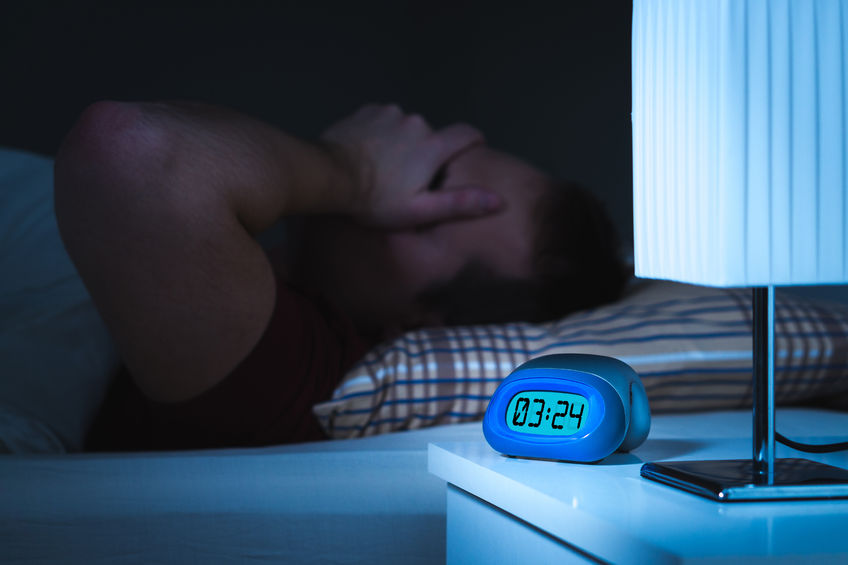Benign Prostatic Hyperplasia (BPH) — better known as an enlarged prostate — has frustrating and annoying symptoms. If you suffer from this condition, you find yourself visiting the bathroom frequently due to a weak urine stream. This impacts your daily activities and your sleep, which in turn, detrimentally affects the enjoyment of life. Bladder, kidney and urinary tract infections are often a consequence of this conditions, as well. This common ailment becomes even more prevalent in older men, with at least 50 percent of men over 60 years of age diagnosed with the issue.
New Hope of Treatment with a Non Surgical Solution – PAE
Prostate artery embolization (PAE) is a promising new procedure that can help men who suffer from BPH. While new to the U.S., doctors in Europe have been performing PAE procedures for many years. Happily, now that the FDA has approved it, UC San Diego Health doctors have begun offering this new treatment to eligible patients by way of a clinical trial. They’ve already helped nearly 20 men.
The Procedure
PAE strategically injects small particles into the patient’s body to restrict blood flow to the enlarged prostate. Radiologists perform this delicate procedure with a small catheter, which they thread into a prostate-supplying artery via the wrist or upper thigh. Cutting off blood supply to the prostate in this manner reverses the enlargement, thereby easing the BPH symptoms.
Results
Dr. Alexander Norbash, who serves as the UC San Diego School of Medicine chair of Radiology, described the success they have experienced with this new, minimally invasive treatment option. He enthused that they’ve had excellent results. Dr. Norbash further described the benefits of this procedure, explaining that patients can go home right away for recovery. And because these former BPH sufferers may start to experience improvement within 7 days of treatment, they can resume normal activities quickly. This is far more desirable than the recovery time of transurethral resection of the prostate (TURP).
TURP is the accepted surgical treatment option for BHP and requires full anesthesia. Patients who opt for this surgery must remain in the hospital overnight and then wait three to six weeks for full recovery. Moreover, many patients who undergo TURP experience unwelcome sexual side effects. These outcomes highlight the need and desire for a successful nonsurgical treatment, like PAE.
Eligible Candidates
Typical candidates are men between the ages of 50 and 85 who have tried medication for at least six months for treatment of existing urinary tract symptoms, but the meds haven’t worked. UC San Diego Health is currently performing a PAE clinical trial with eligible candidates, initiated in March of 2017.

Hi all, I ‘m Mark Delano a full-time writer and editor for HealthyMale.com.
I post about products and treatments that work for me.
View My Profile | View All My Posts

